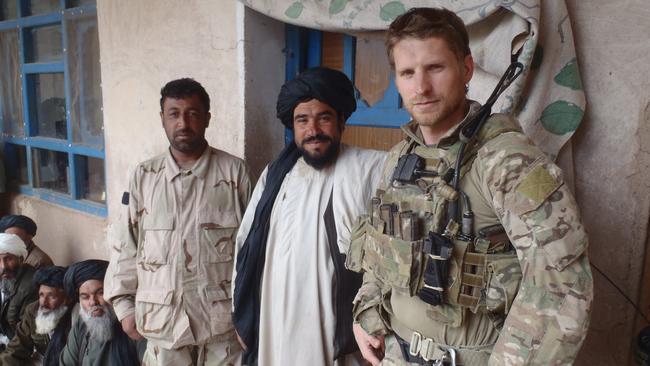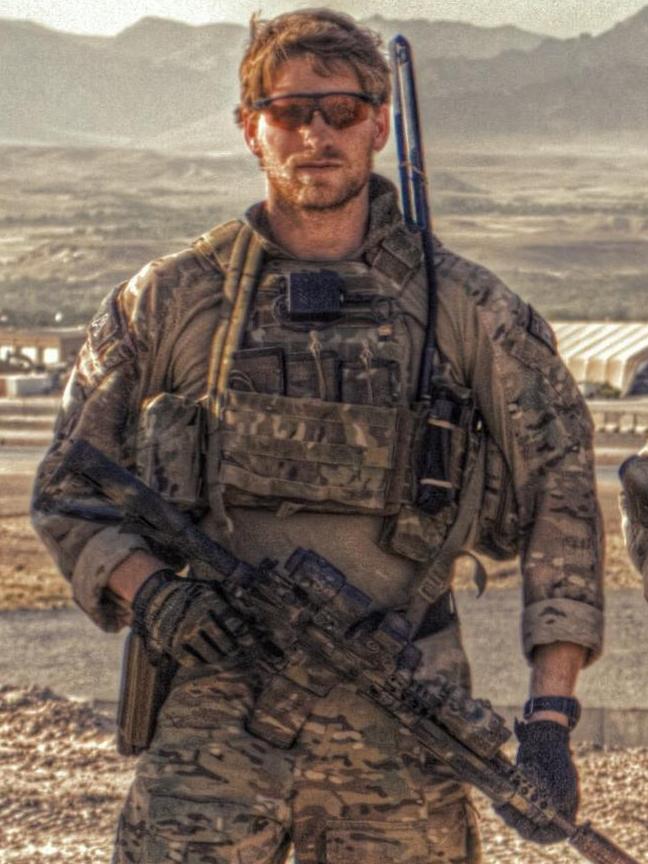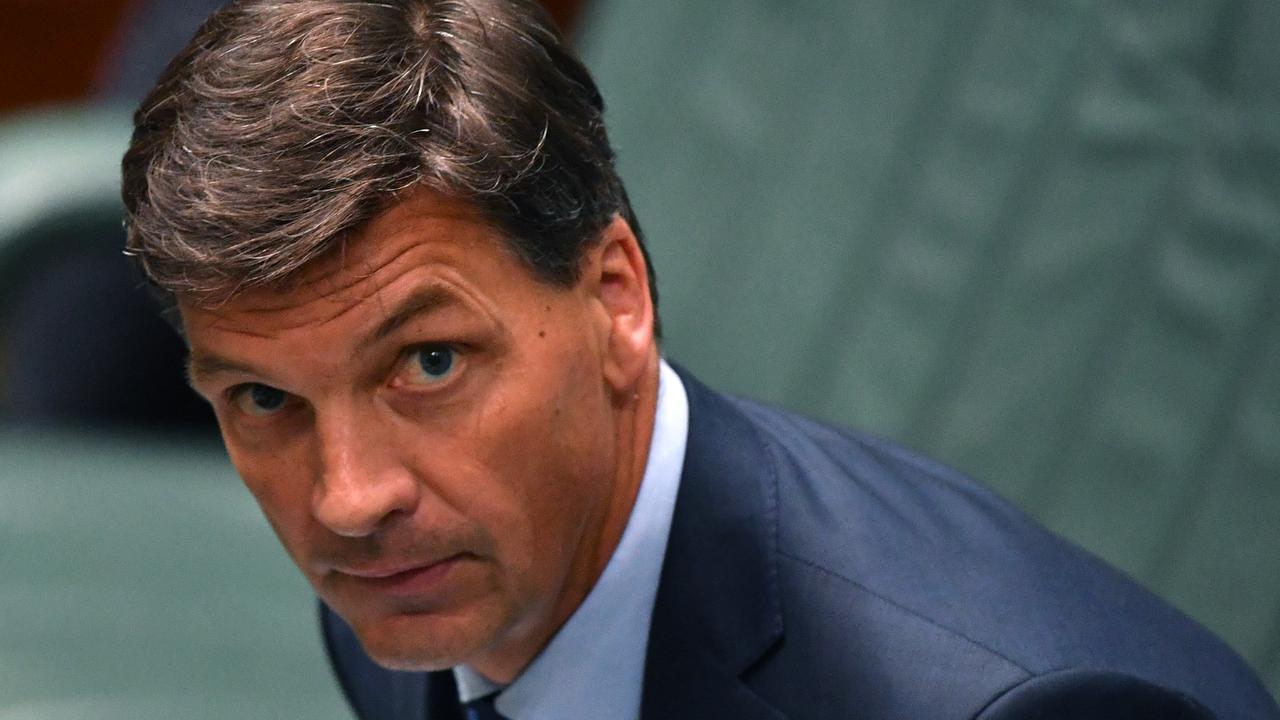Hastie’s SAS soldier cleared over severed Taliban hands
A Special Air Services soldier who severed the hands of three dead Taliban fighters has been cleared by the AFP.

A Special Air Services regiment soldier who severed the hands of three dead Taliban fighters in Afghanistan in 2013 has been cleared after a two-year investigation by the Australian Federal Police into whether a crime had been committed.
The Australian can reveal that the AFP has concluded its investigation and has referred the matter back to the Australian Defence Force, after deciding no further action would be taken over the incident.
The soldier’s actions occurred in the heat of battle as a means of later identifying a dead target through biometric screening.

The conclusion of the AFP’s investigation, independent of the ADF, brings to an end a 23-month probe that had sparked fierce public debate over whether the Australian military operating in Afghanistan had committed a war crime. It will also bring closure to an ongoing political cloud hanging over the head of the Liberal MP for the West Australian seat of Canning, Andrew Hastie, a former SAS troop commander who was second in command as tactical leader of the operation during which the hands were removed.
A leak in August 2015, revealing that the Defence Department had been investigating the incident, is suspected of being timed to damage Mr Hastie on the eve of his acceptance speech to the WA conference for his endorsement as the candidate in that year’s Canning by-election.
The leak coincided with a visit to the conference by then prime minister Tony Abbott and identified Mr Hastie as the tactical commander — serving under a ground force commander — in charge of the soldier alleged to have been involved in the mistreatment of the dead Taliban in Zabul province.
Mr Hastie, who arrived at the scene of the incident after the removal of the hands had occurred, is understood to have reported it to superior officers when they returned to base, sparking an initial referral to the chief of the Australian Defence Force Investigative Service.
Operational procedure for Australian troops was clarified after the incident to rule out such methods for biometric identification of enemy fighters. However, the ADFIS determined it was unable to conduct an investigation for risk of being compromised, as one of the unit’s own senior officers had been responsible for biometric training and had sanctioned the removal of hands or fingers from dead fighters when no other option such as fingerprinting or eye scans was available.
On August 17, 2015, the ADF referred the matter to the AFP for an independent investigation.
Sources said the AFP had undertaken an exhaustive investigation but had privately told officials it was impossible to treat a war zone as an ordinary crime scene. “The benefit of an AFP investigation is they conduct a very forensic examination. They can provide clarity,” a senior intelligence source said.
The incident occurred on April 28, 2013, when the SAS squadron under Mr Hastie’s tactical command conducted a high-level joint operation involving the Afghan National Security Forces and Australia’s Special Operations Task Group. The objective was to capture or kill a Taliban fighter known as Rapier who had been responsible for the deaths of several Australian soldiers.
Mr Hastie’s helicopter had landed on high ground at the location. A second helicopter had landed on lower ground closer to the “objective”.
The soldiers on board the second chopper had engaged several Taliban fighters, killing two of them.
When Mr Hastie linked up with the second team he witnessed two dead bodies with their hands removed. Rapier was not among those Taliban killed.
Mr Hastie is believed to have immediately questioned the SAS corporal responsible for the removal of the right hands of the three dead Taliban fighters but was forced to order a quick return to base at Tarin Kowt with fading light and low fuel loads on the helicopters due to the high altitude of the operation.




To join the conversation, please log in. Don't have an account? Register
Join the conversation, you are commenting as Logout